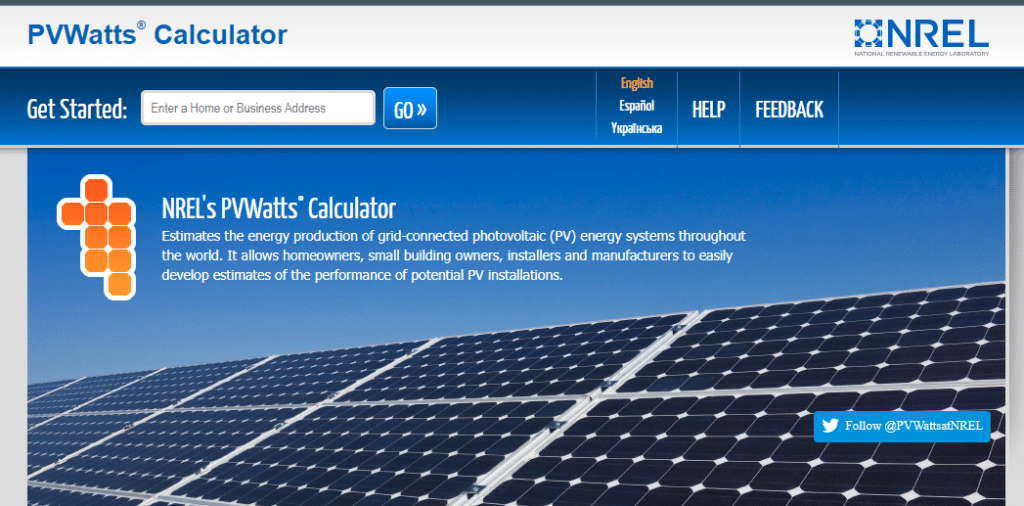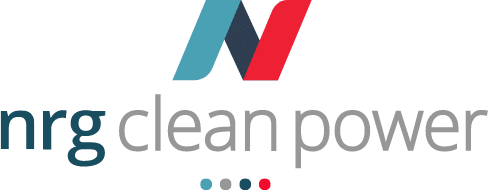Understanding how much sunlight your house receives is crucial for determining the potential benefits of solar panels. Here’s a comprehensive guide to help you find out in just three steps, along with some FAQs and additional resources.
Step 1: Check Online Solar Maps and Tools
Several online tools and maps can help you estimate the amount of sunlight your house gets:
- Google’s Project Sunroof: This tool uses Google Earth data to analyze your roof’s solar potential. Enter your address, and it provides an estimate of how many hours of sunlight your roof gets per year, the size of the solar system that would fit, and potential savings.

- PVWatts Calculator: Developed by the National Renewable Energy Laboratory (NREL), this tool estimates the energy production and cost savings of grid-connected photovoltaic (PV) energy systems.

Step 2: Conduct a Site Assessment
A detailed site assessment can provide a more accurate measure of sunlight exposure:
- Shading Analysis: Check for any objects (trees, buildings, etc.) that might cast shadows on your roof. Tools like the Solar Pathfinder or apps like Solmetric can help you analyze shading throughout the year.
- Roof Orientation and Tilt: South-facing roofs typically receive the most sunlight, while east- and west-facing roofs get moderate exposure. The tilt of your roof also affects sunlight capture. Ideally, a tilt angle equal to your latitude maximizes solar energy production.
- Seasonal Variations: Understand how sunlight changes throughout the year. Winter months usually have less sunlight compared to summer months.
By evaluating these factors, you can get a clearer picture of your home’s solar potential.
Step 3: Get a Professional Solar Assessment
For the most accurate assessment, consider getting a professional evaluation:
- Contact a Local Solar Installer: They can provide an on-site assessment and use advanced tools to measure sunlight and determine the best setup for solar panels.
- Free Solar Estimate: Many solar companies, including us, offer free estimates. Companies will analyze your roof, energy needs, and potential savings.
FAQs
How accurate are online solar tools?
Online tools provide a good starting point, but they can vary in accuracy. Factors like local weather conditions, roof obstructions, and shading can affect the accuracy. For precise results, a professional on-site assessment is recommended.
What if my roof isn’t south-facing?
South-facing roofs are ideal, but east- and west-facing roofs can also be effective. The key is to maximize sunlight exposure and minimize shading. A professional assessment can help determine the best configuration for your home.
How does shading affect solar panel performance?
Shading can significantly reduce the efficiency of solar panels. Even partial shading can impact performance, as it reduces the amount of sunlight that reaches the panels. Tools like Solar Pathfinder can help identify and mitigate shading issues.
Can solar panels work in cloudy or rainy regions?
Yes, solar panels can still generate electricity in cloudy or rainy conditions, although their efficiency is reduced. Modern solar panels are designed to be effective even in less-than-ideal weather.
What maintenance is required for solar panels?
Solar panels require minimal maintenance. Regular cleaning to remove dirt and debris, and periodic inspections to ensure all components are functioning properly, are usually sufficient.

